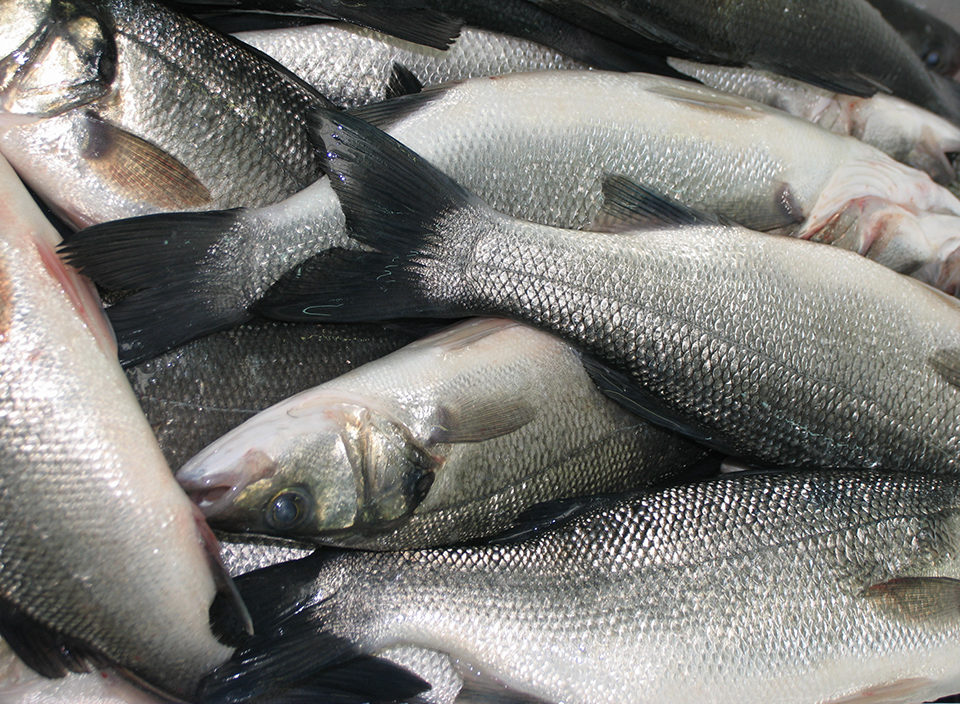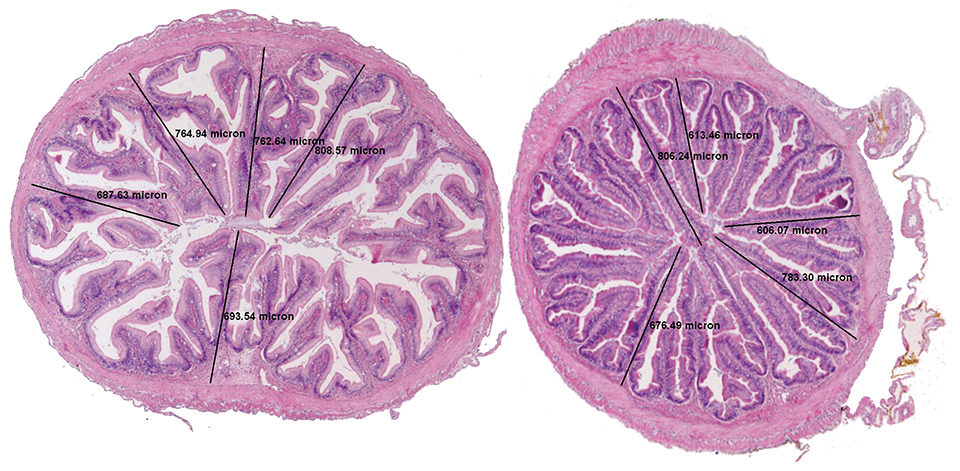Some prebiotics show protection when injected but not when fed

As aquaculture continues to expand, pressures to find alternatives to medicinal disease treatments are also rising. Concerns over antibiotic use in aquaculture include the development and transfer of antibiotic resistance to fish and human pathogens, as well as the potential for accumulation of residual antibiotics in aquaculture products.
As the demand for aquaculture products increases, so does the search for environmentally friendly alternatives to antibiotics. Alternatives to antibiotics include dietary prebiotics, probiotics and synbiotics.
Prebiotics and probiotics have been shown to enhance both growth efficiency and disease resistance in a variety of aquatic species, while synbiotics (mixtures of pre- and probiotics) have yet to be extensively evaluated. Research using prebiotics and probiotics in aquaculture is growing, but the results are often inconsistent, and the mechanisms through which they function are poorly understood.
Prebiotics
A prebiotic is a non-digestible substance that is thought to provide a beneficial effect on the host by stimulating growth or activity of naturally occurring bacteria in the gastrointestinal tract. Typically, prebiotics are non-digestible carbohydrates (fructo-oligosaccharides, galacto-oligosaccharides, mannan-oligosaccharides), but can also include indigestible dietary fibers (dextrins, inulin, lignin, waxes, beta glucans).
Many forms of prebiotics have been fed to a wide variety of fish species with varying responses. For example, inulin has recently been shown to alter the intestinal microbial communities of turbot, Arctic char, Atlantic salmon and hybrid striped bass, but did not yield any benefits toward improving growth or feed efficiency.
Prebiotics like glucans have shown protection against enteric septicemia of catfish in channel catfish when the products are injected but not when fed. Furthermore, a prebiotic composed of brewer’s yeast, dairy components and dried fermentation products was found to significantly increase feed efficiency and reduce the mortality of hybrid striped bass challenged with bacterial pathogens.
Non-digestible oligosaccharides fed to rainbow trout, European sea bass, channel catfish and hybrid striped bass have shown varying degrees of success in improving growth efficiency and resistance to disease. The results of these studies suggested that prebiotics have a role in aquaculture as a feed additive for improving growth and resistance to disease.

Probiotics
Probiotics are live microorganisms thought to have a beneficial health effect on the host by adding “good” bacteria to the gut. Lactobacillus, Bacillus, Enterococcus, Carnobacterium, Saccharomyces and Candida are probiotic organisms widely investigated in aquaculture. These organisms are added directly to the water environment of the fish or administered orally in feed.
Probiotics have been shown to protect against bacterial infections by Vibrio, Aeromonas, Yersinia and Ichthyophthirius in rainbow trout. In African catfish, Lactobacillus enhanced fish health, survival and growth performance. In channel catfish, Pediococcus and Entebacteria had no growth-promoting or immune-stimulating effect, while Bacillus bacteria were shown to increase the survival of pond-raised catfish.
Synbiotics
Another class of compounds called synbiotics includes mixtures of prebiotics and probiotics. Synbiotics may work by stimulating the growth of beneficial bacteria within the gastrointestinal tract of the host. The authors are not aware of any studies in aquatic animals that have evaluated the efficacy of these products, but synbiotics have potential for manipulating the microflora of the gut and improving growth and disease resistance.
MOS research
At the Thad Cochran National Warmwater Aquaculture Center in Stoneville, Miss., USA, the authors examined a commercial mannan-oligosaccharide (MOS) available from Alltech, Inc. derived from the cell wall of yeast as a potential feed additive in channel catfish.
In one study, the catfish were fed the prebiotic at 2 grams per kg diet for six weeks, then challenged with Edwardsiella ictaluri, the bacterium that causes enteric septicemia of catfish. All fish were bled before the challenge as well as on day 14 of the challenge. In a second study, catfish received the prebiotic at 4 grams per kg diet for nine weeks, followed by challenge with E. ictaluri. Mortalities were collected for 21 days.
Gut morphology was examined in fish fed diets with mannan-oligosaccharide, as well as controls prior to challenge. Sections of the upper, middle and lower parts of the intestine were taken for analysis.
Results
Feeding MOS at 2 or 4 grams per kg diet for six or nine weeks did not improve weight gain, specific growth rate or feed conversion in the fish (Table 1). However, survival was significantly increased after challenge with E. ictaluri in both studies.
Peterson, Culture performance of channel catfish, Table 1
| Treatment | Weight Gain (g)* | Specific Growth Rate | Feed-Conversion Ratio | Survival (%) |
|---|
Treatment | Weight Gain (g)* | Specific Growth Rate | Feed-Conversion Ratio | Survival (%) |
|---|---|---|---|---|
| Study I | ||||
| Control | 59.5 | 2.00 | 1.40 | 52.5y |
| MOS | 54.9 | 1.90 | 1.49 | 90.0z |
| Standard error | 4.0 | 0.10 | 0.10 | 5.8 |
| Study II | ||||
| Control | 40.6 | 2.60 | 1.32 | 45.0y |
| MOS | 44.4 | 2.90 | 1.33 | 70.0z |
| Standard error | 1.4 | 0.01 | 0.10 | 1.7 |
Plasma levels of lysozyme, an indicator of a non-specific immune response, were similar in fish fed MOS feed before and after challenge. Fig. 1 shows representative lower intestine sections of fish fed MOS compared to controls. Microvilli lengths in the lower, middle and proximal intestine were similar after nine weeks of feeding.
(Editor’s Note: This article was originally published in the July/August 2010 print edition of the Global Aquaculture Advocate.)
Now that you've finished reading the article ...
… we hope you’ll consider supporting our mission to document the evolution of the global aquaculture industry and share our vast network of contributors’ expansive knowledge every week.
By becoming a Global Seafood Alliance member, you’re ensuring that all of the pre-competitive work we do through member benefits, resources and events can continue. Individual membership costs just $50 a year. GSA individual and corporate members receive complimentary access to a series of GOAL virtual events beginning in April. Join now.
Not a GSA member? Join us.
Authors
-
Brian C. Peterson, Ph.D.
Thad Cochran National Warmwater Aquaculture Center
United States Department of Agriculture
Agricultural Research Service
Stoneville, Mississippi 38776 USA -
Natha J. Booth, Ph.D.
Thad Cochran National Warmwater Aquaculture Center
United States Department of Agriculture
Agricultural Research Service
Stoneville, Mississippi 38776 USA -
Lester Khoo, VMD, Ph.D.
Thad Cochran National Warmwater Aquaculture Center
United States Department of Agriculture
Agricultural Research Service
Stoneville, Mississippi 38776 USA -
Bruce B. Manning, Ph.D.
Thad Cochran National Warmwater Aquaculture Center
United States Department of Agriculture
Agricultural Research Service
Stoneville, Mississippi 38776 USA
Tagged With
Related Posts

Health & Welfare
Prebiotics and their role in sustainable aquaculture
Results of a study to evaluate a commercial prebiotic on growth of European sea bass juveniles indicates this product can improve fish growth performance and allowing for the fish to reach the marketable size earlier, boosting their immune status, and reducing potential fish losses due to pathogens.

Health & Welfare
Probiotics, prebiotics in aquatic animals
Research has shown that probiotics and prebiotics can help mediate stress responses and improve disease resistance, growth performance, feed utilization, carcass composition and other traits by stimulating animals’ innate immune systems.

Aquafeeds
Biosecurity protocols needed for shrimp feeds, feeding practices
Shrimp aquafeeds – live, fresh or formulated – should not be an entry point of potential pathogens to the shrimp and/or to their culture systems.

Aquafeeds
Evaluating commercial, dietary pre-, pro- and synbiotics in hybrid catfish
This study evaluated a commercially available prebiotics and probiotics under conditions simulating commercial production in hybrid catfish. Results showed that the various dietary treatments did not have any significant effects on processing characteristics or composition.


